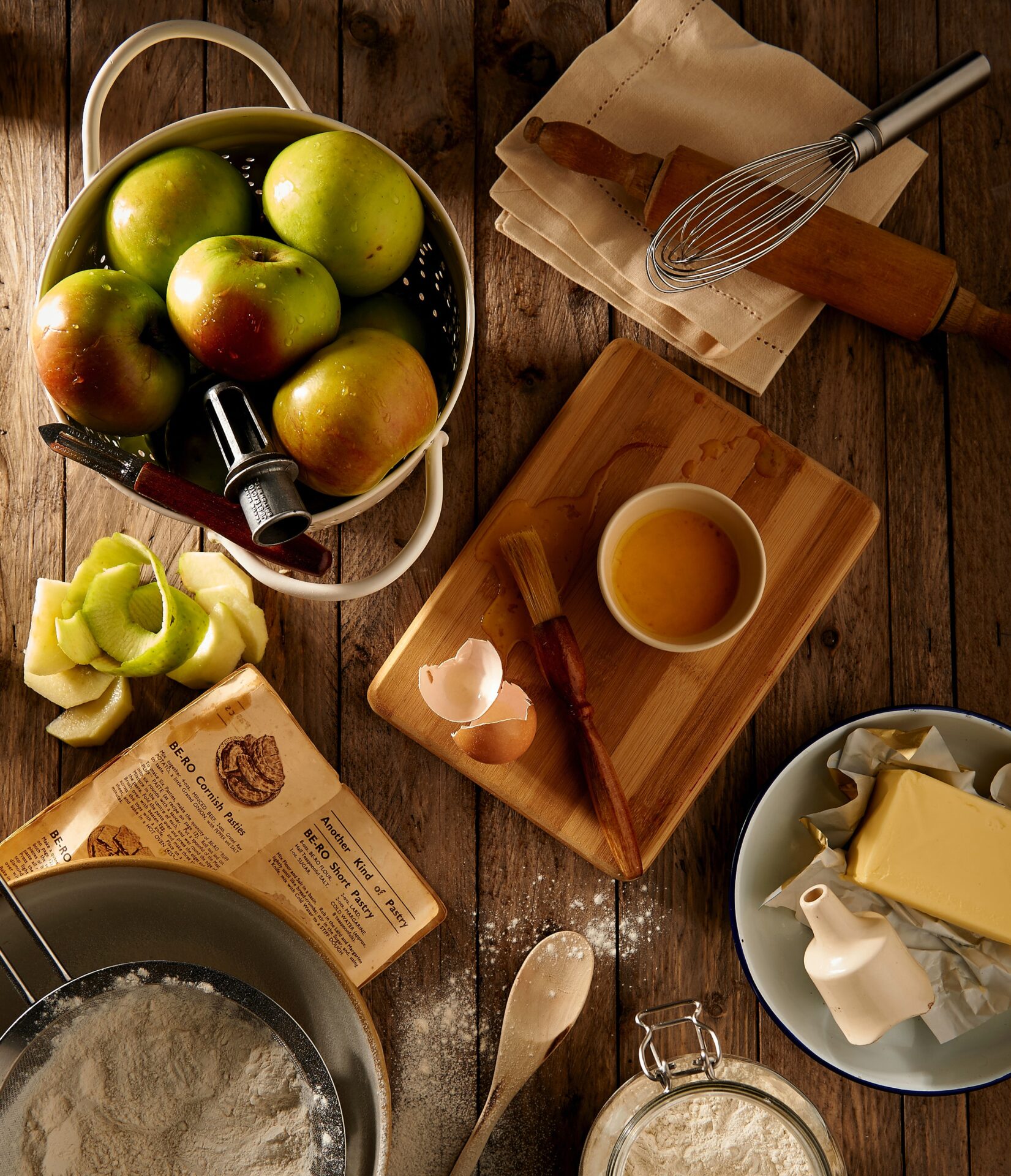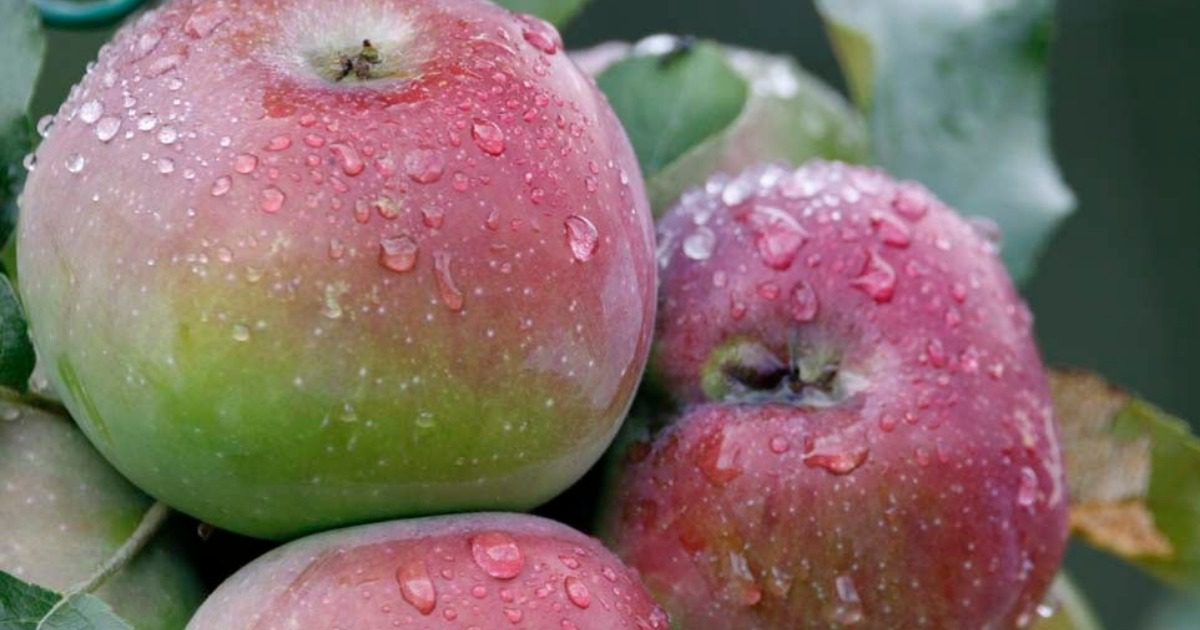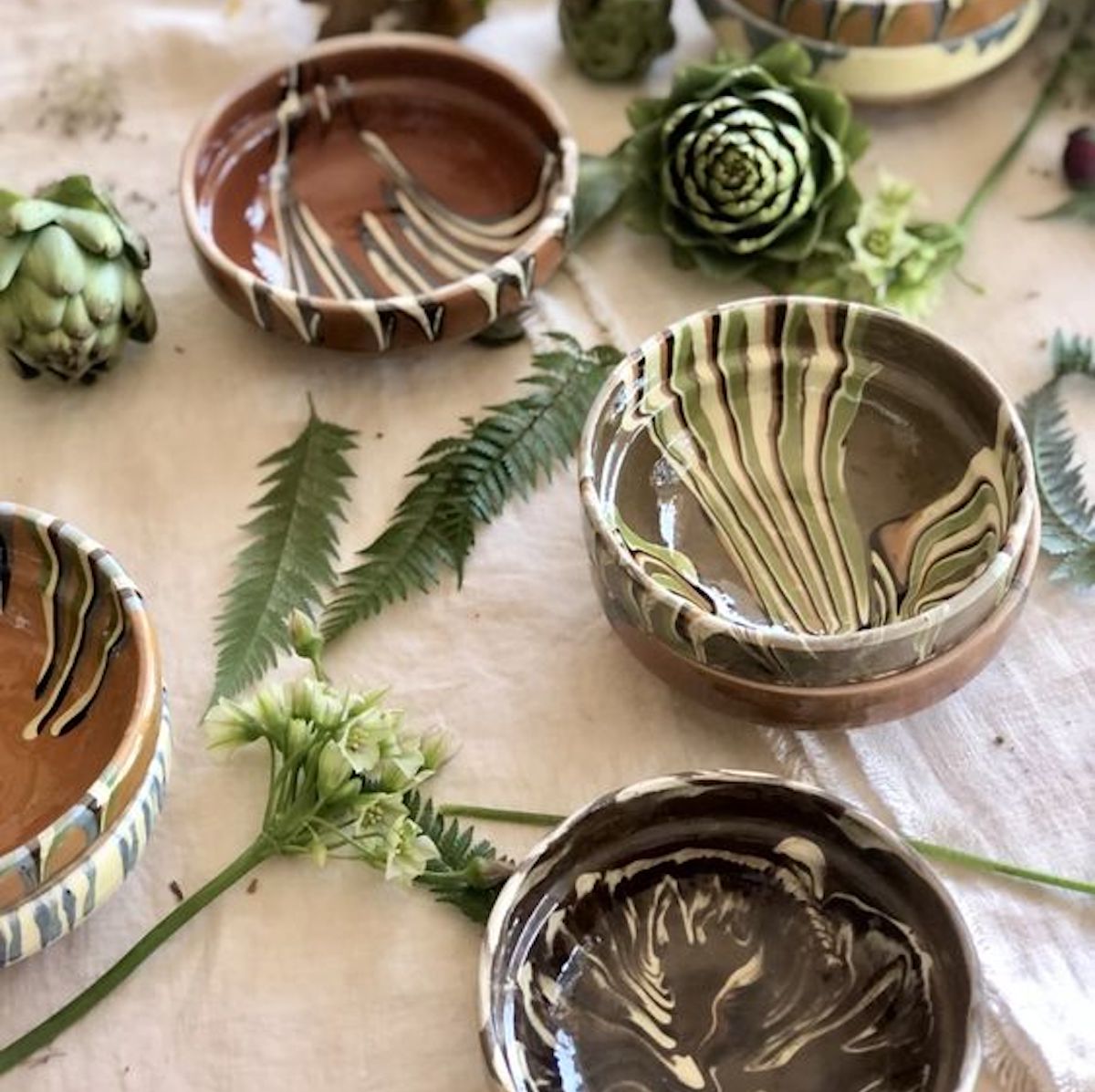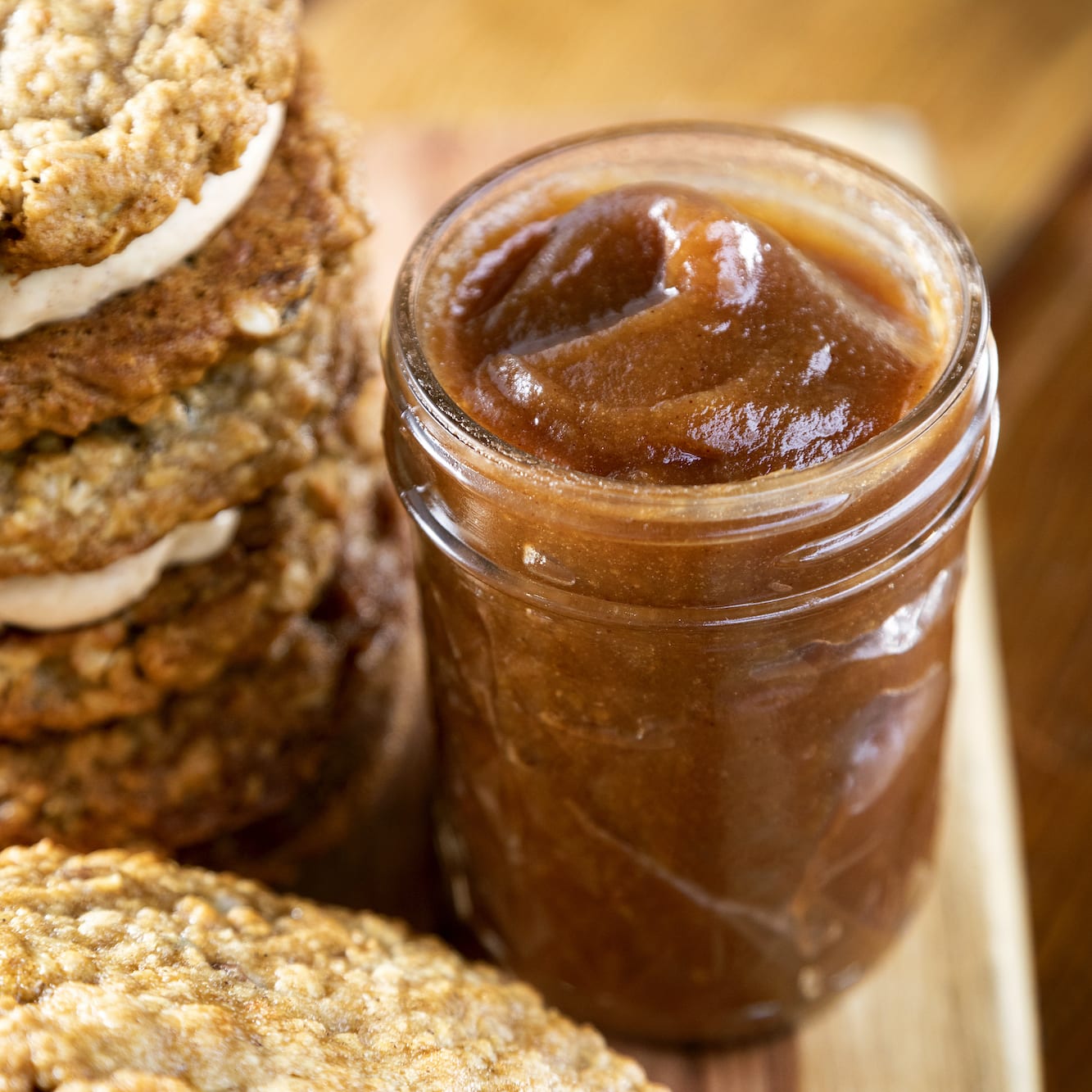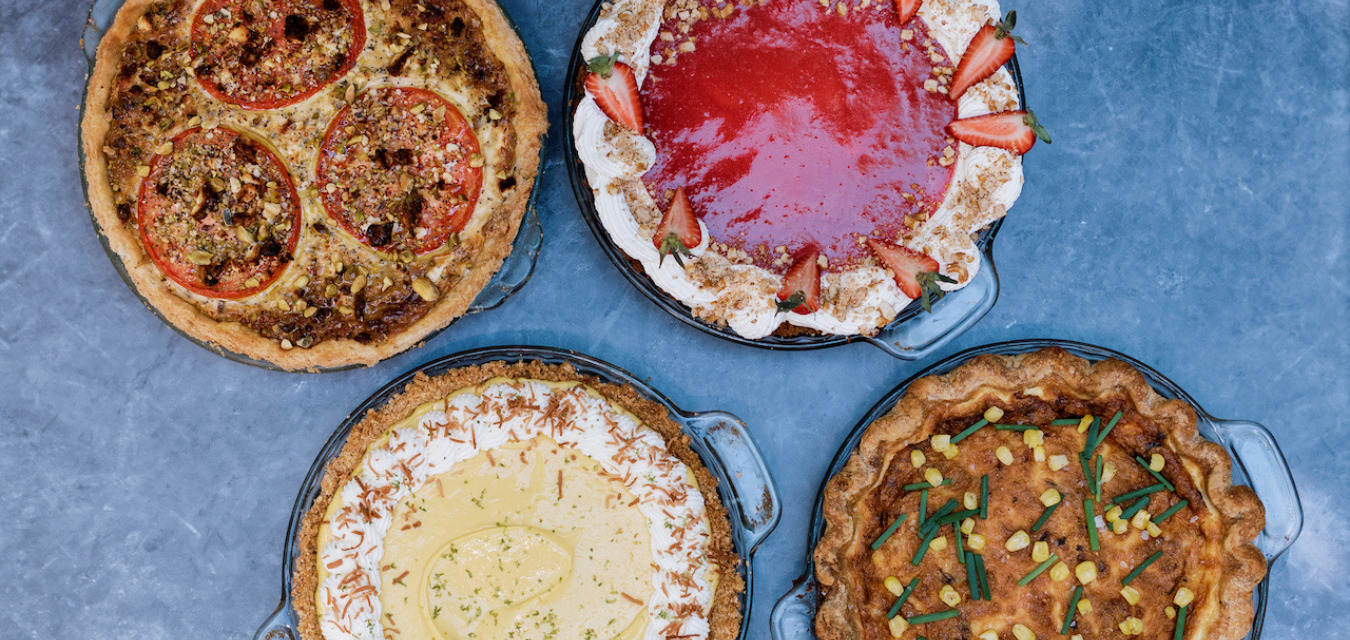It’s been six years since Tyler Brown stepped down from his role as executive chef at Nashville’s Hermitage Hotel in order to lead both the culinary and agriculture programs at a forthcoming luxury inn and farm called Southall. Set in Franklin, Tennessee, Southall has been a work-in-progress ever since but with construction now well underway, the entire property will open next summer 2022.
Already, the 325-acre property is home to two large glass conservatory greenhouses (one containing plants and an orangerie; the other, a bio-controlled hydroponic growing system), a large kitchen garden, a processing barn, a farm stand, an apiary, and more, and has hosted an outdoor dinner series called The Rambling.
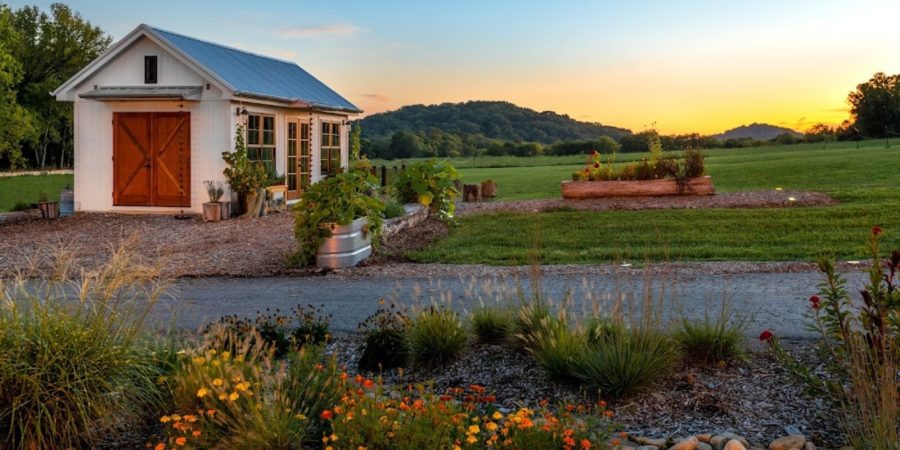
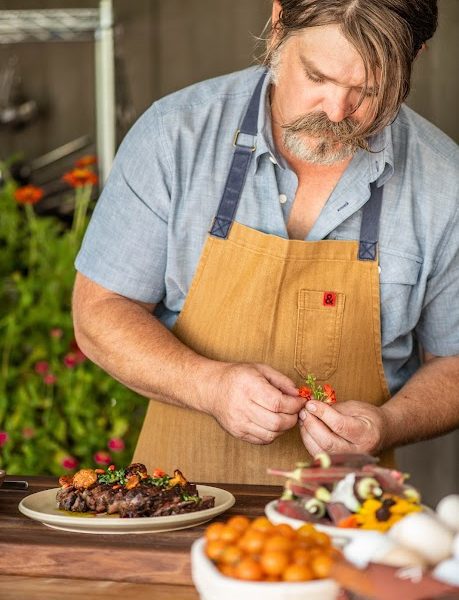
The resort will be laid out between stretches of old-growth trees and two ambling creeks, and will soon house sixty-two guestrooms and suites along with sixteen separate cottages; a spa rooted in natural elements; and a signature restaurant and culinary program led by Brown.
“We started the farm early on, back in 2016, so that there could be, when the property opens, the substance. Now, we have something to program, spaces to utilize, and the volume of a harvest,” Brown says.
One of the first elements of the property Brown and the team envisioned was an apple orchard of espalier, or trellised, trees. He enlisted farmer Dave Hughes who helped conceptualize the orchard and also consulted with Diane Flynt of Foggy Ridge Cider who turned him onto author Lee Calhoun’s Old Southern Apples: A Comprehensive History and Description of Varieties for Collectors, Growers, and Fruit Enthusiasts.
Four years ago, the team started by grafting and then planting 600 apple trees in a number of varietals. Today, they have 1,300 trees planted in nearly 35 varietals, with plans to eventually have 2,000 trees fill the orchard. The varietals range from those you see on grocery shelves today—pink ladies, fuji—to a broad range of heirloom, native, and cultivated varieties.
This fall, those first-planted trees saw their first major harvest, giving Brown a taste of what’s to come. “We have eaten a ton, but we’ve also shared with so many folks, like the pastry chef team at Audrey Nashville and [chef] Tandy Wilson [of City House],” Brown says.
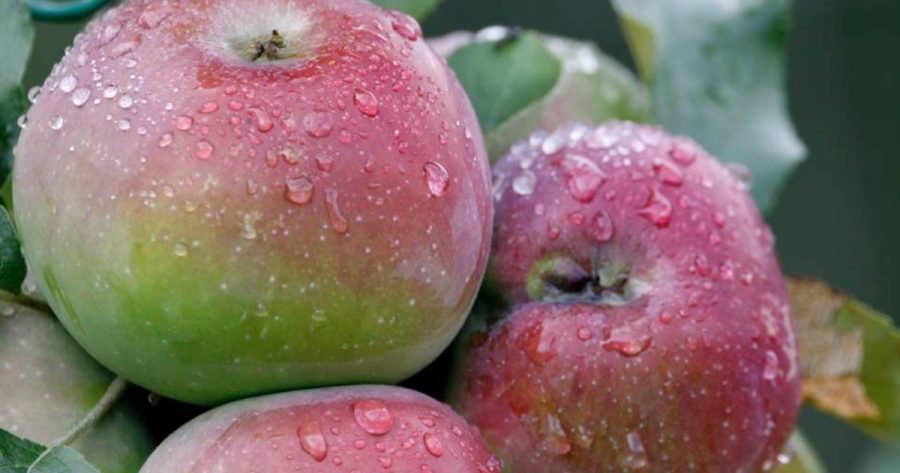
Besides taking extensive notes and attempting to understand the many ways they might utilize the apples, Brown is also processing them into ciders, cooking and baking with them, and recently partnered with Bearded Iris Brewing to make a barleywine, which will be on tap in Nashville soon.
Brown calls himself “in pursuit of education. I’m not the expert by any means, but I’m learning a lot.” As his apple knowledge grows, so too does his fascination with the subject. “That’s the gift I think Southall provides. There’s education built into everything we do,” he says.
For a look at which varieties of apples Southall is growing, we asked Brown for his thoughts on a few that stand out to him. And come next summer, once the property officially opens its doors, you can get to know many of them yourself.
7 Apple Varieties Growing In the Orchard
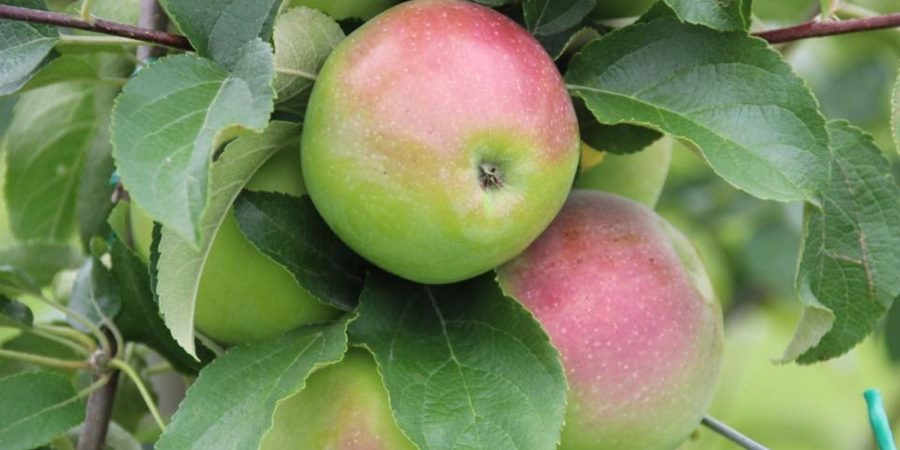
Goldrush
When he was working at the Hermitage Hotel’s Capitol Grille, Brown says, “there were these apples I used to love to use, with an amazing crispness and cider flavor, called goldrush. I remember the excitement of having it introduced to me—the flavor of cider just blew me away. They are tart, crisp, distinct, and just the right level of sweetness.” Considered a mid-season apple, Goldrush loves to be eaten when harvested or stored for later use (also called a “keeper” apple). “Though, this year, we ate the heck out of these, so we don’t have a ton in store. But we will next season,” Brown says.
Myers Royal Limbertwig
“This one had me at the name,” Brown says with a laugh. “It excites me from a historical standpoint,” he adds. After digging into the history, he learned that this Appalachian variety was carried to Middle Tennessee from Cades Cove, once a small town in the Great Smoky Mountains. “It’s a big, crisp apple that also makes an amazing cider,” he says.
Hewes Crabapple
“Crabapples have a lot of historical significance. They’re native to Virginia, and both [Presidents] Jefferson and Washington considered them to be the best cider apples,” Brown says. “They also have a neat appearance with traces of yellow and red.” The texture for eating isn’t very appealing but the flavor nicely balances out a good cider or apple juice. “We’re trying both fresh cider and sometimes hard cider and this one still stands up today creating a very yeast-y, biscuit-y hard cider flavor,” he adds.
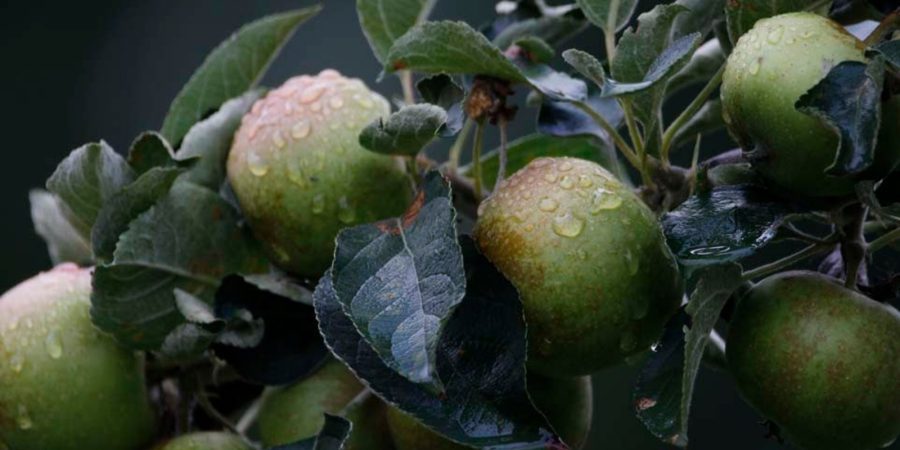
White Winter Pearmain
“This one’s a mid-season, keeper apple that’s prevalent around the South and really thrives here,” Brown says. In his apple research, he found that during different periods, certain apples were more in vogue than others. “Red delicious was a big thing at one time, whereas now it’s not as much,” he says. The white winter pearmain was popular in the late 1800s. These have a “small cell” density, meaning they’re dense and crisp—a solid eating apple. “I can see these resting in a bucket of ice by the pool,” Brown says.
Yellow Transparent
“We have a very long growing season here in Middle Tennessee and these are a very early apple that turn into a very light yellow, a beautiful pale pastel-ish color and they taste almost light and lemon-y. This one is originally from Russia, cultivated in the 1800s,” Brown says. A good cooking apple, these are tender, making them just right for a pie or to be made into a sauce.
Hudson Golden Gem
“The first time Farmer Dave brought me one of these, I didn’t quite hear him when he said, ‘it eats like an Asian pear.’ I thought it was an Asian pear,” Brown says with a laugh. “It does eat like one though—it’s light and super crisp.” As the name implies, the color develops into a “russeted” look, with patches of darker yellow or greenish-brown spots. “This one doesn’t russet as heavily as a Roxbury russet, but it’s still an amazing flavor,” Brown says.
Roxbury Russet
“This is one of those varieties where people wouldn’t often [try] growing it in the South but it does quite well here,” Brown says. Apple grower Diane Flynt had success growing them in Virginia and encouraged Brown to try them too. “From a climate standpoint, it really is weather dependent but tends to have a thick skin and can be a great keeper, or storage apple,” Brown says. Plus, he adds, “they’re just so attractive. I love that russeted look.”
keep reading
At the Table
A Fresh Take on the Harvest Table
Elevate your autumnal tablescape for holiday gatherings with a few new-of-the-season pieces that embrace all the warmth of the harvest season with a cool twist.
At the Table
Eatymology: Apple Butter
Pastry chef Kaley Laird cooks this rich, spiced apple reduction made in the fall in Appalachia.
At the Table
4 Sweet and Savory Pie Recipes for Summer
Pastry chef Caitlyn Cox calls herself the “modern grandmother of baking” Here she share four spins on sweet and savory pie recipes.
share
trending content
-
Get To Know Roanoke, Virginia
-
Shrimp and Grits: A History
by Erin Byers Murray -
New Myrtle Beach Restaurants Making Waves
-
FINAL VOTING for Your Favorite Southern Culinary Town
-
New Restaurants in Arkansas
More From In the Field
-
Kohlrabi: Pretty Ugly
-
Meet the Newest James Beard Award Winners from the South | Listen
-
OKO Brings Filipino Soul to East Austin | Listen
-
The Local Palate’s Guide to Chattanooga | Video
-
Find Your Top Dry Bar in the South | Listen


